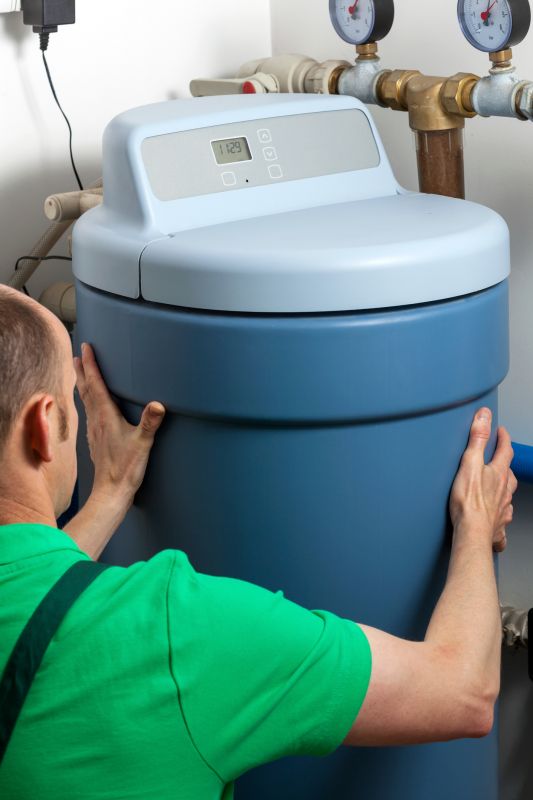Seamless Water Softener Setup for Optimal Functionality
Water softener systems are designed to reduce mineral content in water, improving quality and protecting plumbing and appliances. Proper installation ensures optimal performance and longevity of the system.

Installation involves connecting the system to the main water supply, ensuring proper flow and functionality.

Custom plumbing connections are made to integrate the softener seamlessly into existing water lines.

Precise placement of control valves allows for efficient operation and easy maintenance.
Statistics indicate that homes with water softener systems experience fewer appliance repairs and lower energy costs. Properly installed systems can improve water quality and extend the lifespan of plumbing fixtures.
Benefits of Installing a Water Softener System
Softened water reduces mineral buildup, resulting in cleaner dishes, laundry, and skin.
Installation minimizes scale buildup, helping to prevent clogs and damage.
Soft water improves appliance performance, leading to lower energy consumption.
Reduced maintenance and repair costs contribute to long-term savings.
What to Expect During Water Softener Installation
The process begins with an assessment of the existing plumbing system. Installation typically involves connecting the system to the main water line, configuring the control valve, and testing for proper operation. The duration varies depending on property size and system complexity.
Professional installation ensures correct setup, minimizing disruptions and ensuring the system functions effectively from the start.
Installation Duration for Water Softener Systems
In most cases, professional installation can be completed within a few hours. Larger or more complex setups may require additional time for proper connection and testing.



